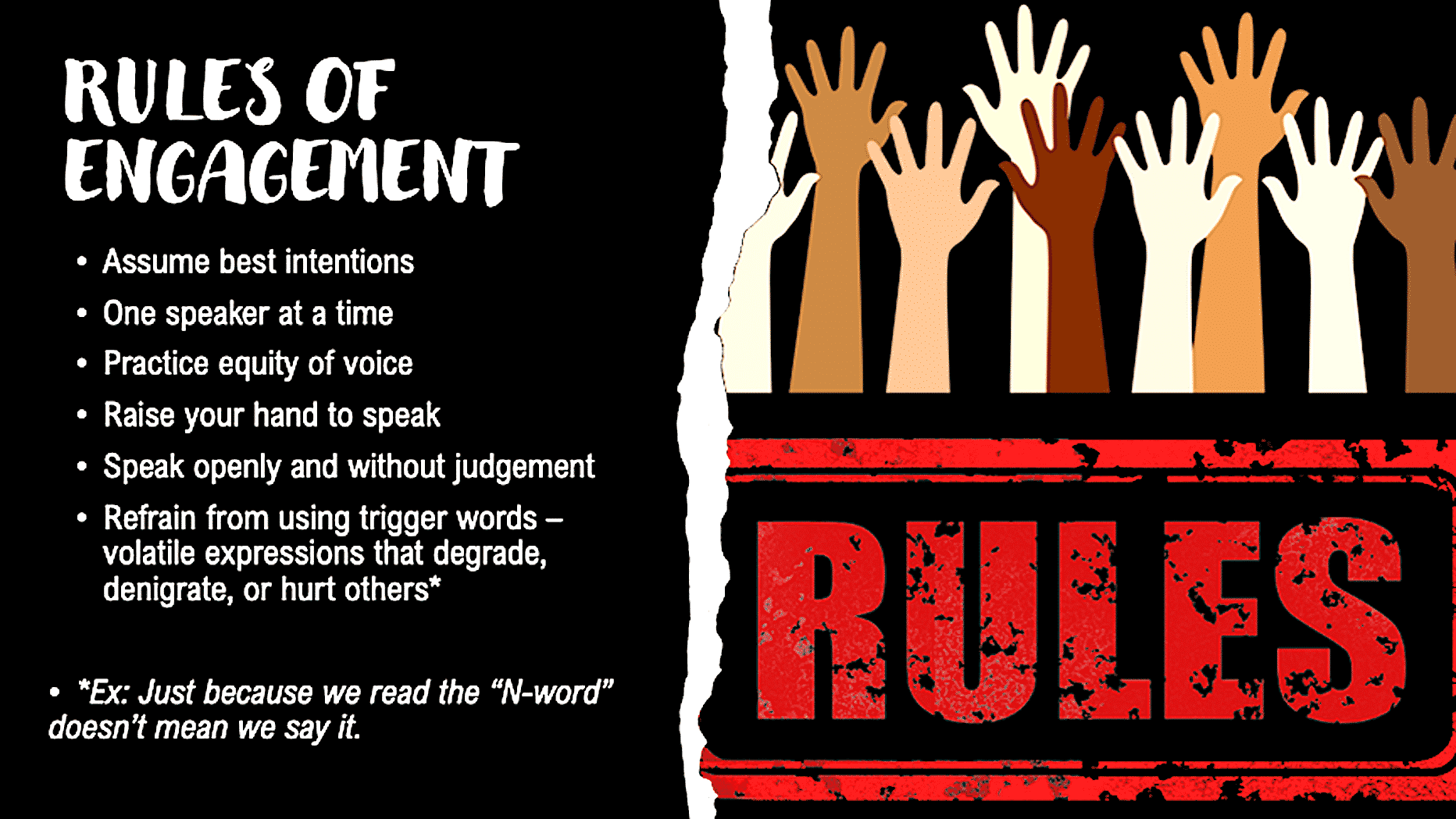This past weekend, my 17-year-old daughter and almost 15-year-old son engaged in yet another debate over the state of our nation. It is important to note that my children are Black. Both had compelling arguments backed by evidence they had researched. Both articulated their views with passion and conviction. However, they were on different sides of the issues. Like a referee, there were times I had to call a timeout, sending them back to their corners to take a breath and regain their train of thought. Thankfully, this debate did not end in tears, as others have previously. After hearing the results of the election, tensions cooled, but I know another confrontation is brewing underneath the surface. Our family experience is a microcosm of what we are facing across the U.S. Now that the election is over, how do we help our students make sense of what we have experienced?
From a social-emotional learning and mental health perspective, we must give time and space for processing. What is processing? Processing means examining an event, along with the associated thoughts and emotions, in order to derive helpful meaning from it. Processing enables us to become resilient. Resilience is the ability to bounce back, despite adversity. I believe we can all agree that 2020 has been a year of adversity.
As a mother and an educator, I must confess that I was proud of my teenagers’ willingness to engage in dialogue about current events, and I was impressed when both referenced historical figures they admire. Reflecting on what happened around our dinner table, here are some ideas for how to help our students, young and old, process. Given the rise in COVID cases, many students are either returning to or continuing their virtual learning. These suggestions can be implemented face-to-face or on-screen.
• Journaling – Provide students opportunities with time to reflect and write or draw about their experience. Be sure they know that their journal writing or drawing is confidential and will not be graded. They can express themselves freely in order to get it all out.
• Creative Expression – Invite students to paint a picture, design a graphic, write a song, perform a dance, or use some other art form to express their thoughts, feelings, and ideas. Assure them that they will not be judged or graded. Remember, they just need to release their pent up emotions. Host a live virtual, multimedia art exhibit on your school’s platform of choice or on your school’s social media channels.
• Historical Analysis – Challenge students to research other historical figures or events that illustrate their point of view. Remind them that we gain perspective from history that can help us navigate current challenges. Have them create a collage of words and images to illustrate what they think and what they’ve learned. Open a digital showroom on your favorite social media platform.
• Conversation – Give students time to talk openly about their thoughts, ideas, concerns, questions, fears, and hopes. Before beginning the dialogue, be sure to clearly state the Rules of Engagement. Encourage them to be honest and kind during the discussion. Encourage questions, such as “Can you tell me more about that?” or “What do you mean by that?” Set the timer. Monitor the temperature of the conversation. Be prepared to step in and redirect if necessary.
An essential step in coming together to heal our nation is leaning in to talk and listen to each other. That talking and listening can come through a variety of formats, as mentioned above. What each requires is that we open our hearts to one another.
About Tamara Fyke
Tamara Fyke is an educator and social entrepreneur with a passion for kids, families, and urban communities. She is the creator and author of Love In A Big World, which provides mental health, SEL, and wellness curriculum and content. During quarantine, Tamara created MusiCity Kids, an online educational show for kids ages 6-12 that addresses health, movement, character development, STEAM, and more.
Tamara is editor of Building People: Social & Emotional Learning for Kids, Schools & Communities, a book that brings 12 wide-ranging perspectives on SEL to educators, parents, and leaders. Follow her on Twitter @Tamara_Fyke
- edCircuit – Tamara Fyke articles and column
- PBS LearningMedia – The Election Collection
- eSchool News – Back to School Guide to Support Students’ Social Emotional Learning
